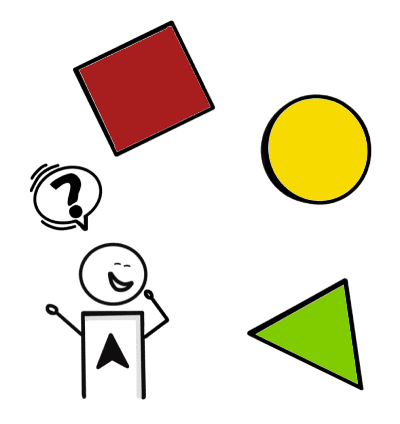1.3.3 - Sensory Characteristics - A
Intent
The instructions for using and understanding content should not rely only on sensory characteristics like shape, color, size, visual location, orientation, or sound.
Who Benefits
- People who cannot see an element described only visually can locate it through additional information such as textual clues.
- People who cannot hear a sound indicating an important event, such as an expired time limit or an error, can learn the information in another way.
Sensory Characteristics

Visual and auditory clues like shape, size, location, orientation, color, or sound can be used and may, in fact, be beneficial for some users, but they should not be used solely as some users with disabilities cannot discern these clues.
Examples
Correct Usage
The following example shows the correct usage or implementation of accessibility.
Example 1: Page Instructions
The instructions on the page say: "To access settings, click on the gear-shaped icon labeled 'Settings' at the top right corner."
To provide information about a shape and a location only would not be enough, but because there is also the textual identification (by the "settings" label), users who cannot see, for example, know what to look for as they can use assistive technology such as screen reader.
To access settings, click on the gear-shaped icon labeled 'Settings' at the top right corner.
Incorrect Usage
The following example shows the incorrect usage or implementation of accessibility.
Example 1: Form Submit Instructions
The instructions in the form say: "Press the green button to submit the form.".
This is problematic for many users:
- Blind users do not know what buttons are green as they cannot see.
- Color-blind users might not know what buttons are green as they might not recognize colors.
- If there are more green buttons on the page, visual users might have troubles identify what button to press.
- If users are using custom stylesheets or forced colors, there may not be any green buttons.
Press the green button to submit the form.
Test your knowledge
When providing instructions for users, I cannot use shape, color, or visual location in my description. True or false?
False, do use shape, color, or visual location in your description as it might help users. Just make sure these are not the only means of providing the description. Other indications need to be added, for example, a textual identification.